Architecture
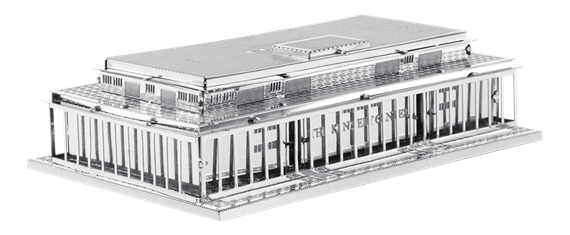
MMS057
KENNEDY CENTER
2 Sheets
Moderate
Located on 17 acres overlooking the Potomac River in Washington, DC, was opened in 1971. It is America’s living memorial to President Kennedy as well as the nation’s busiest arts facility, presenting more than 2,000 performances each year.
$0.00
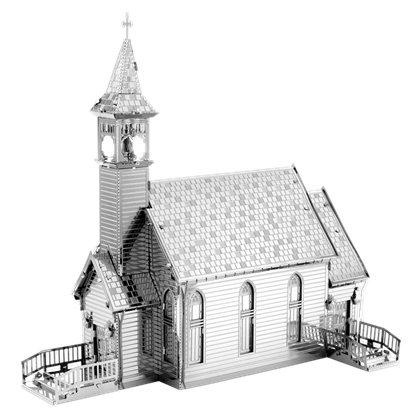
MMS156
The Old Country Church
2 Sheets
Moderate
Most of these churches are recognizable by their Carpenter Gothic design which features timber frame construction, stain glass windows, detailed trim and pointed arched windows and doors. For generations, these churches have served as a second home for many Americans and were the cornerstones of many rural communities.
$0.00
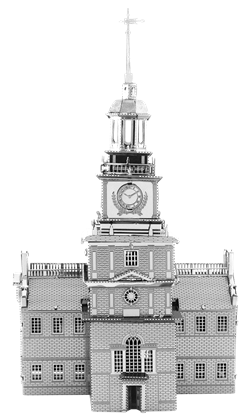
MMS157
Independence Hall
2 Sheets
Moderate
Is the birthplace of America. The Declaration of Independence and U.S. Constitution were both debated and signed inside this building. Also, George Washington was appointed Commander in Chief of the Continental Army in 1775 and the Articles of Confederation were adopted in 1781.
$0.00
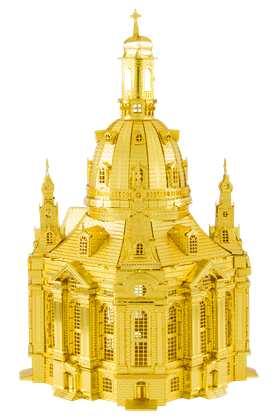
ICX119
Premium Series Dresden Frauenkirche
2 Sheets
Moderate
Is a Lutheran church in Dresden, the capital of the German state of Saxony. Built in the 18th century, the church was destroyed in World War II and rebuilt starting in 1994 after the reunification of Germany.
$0.00
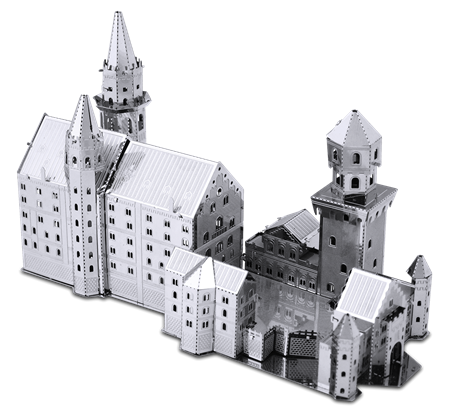
MMS018
NEUSCHWANSTEIN CASTLE
3 Sheets
Moderate
The Neuschwanstein Castle is located in Bavaria near the town of Fussen and was Walt Disney’s inspiration to create the Magic Kingdom. Neuschwanstein literally means “New Swan Stone” which is a reference to “the Swan Knight”; one of the characters in an opera by the composer Richard Wagner. King Ludwig II began construction of the castle in 1869. Today his fairy tale castle stands as the most visited castle in Germany welcoming more than 1,300,000 tourists per year.
$0.00
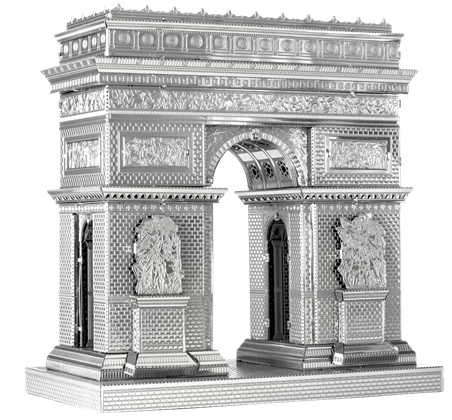
ICX005
Premium Series ARC DE TRIOMPHE
2 Sheets
Moderate
Located on the right bank of the Seine at the centre of a dodecagonal configuration of twelve radiating avenues. It was commissioned in 1806 after the victory at Austerlitz by Emperor Napoleon at the peak of his fortunes. Laying the foundations alone took two years and, in 1810, when Napoleon entered Paris from the west with his bride Archduchess Marie-Louise of Austria, he had a wooden mock-up of the completed arch constructed.
$0.00
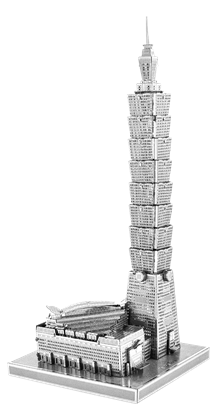
ICX007
Premium Series TAIPEI 101
2 Sheets
Challenging
Taipei formerly known as the Taipei World Financial Center, is a landmark skyscraper located in Xinyi District, Taipei, Taiwan. The building ranked officially as the world's tallest from 2004 until the opening of the Burj Khalifa in Dubai in 2010. In July 2011, the building was awarded LEED Platinum certification, the highest award in the Leadership in Energy and Environmental Design (LEED) rating system and became the tallest and largest green building in the world. Taipei 101 was designed by C.Y. Lee & partners and constructed primarily by KTRT Joint Venture. The construction was finished in 2004. The tower has served as an icon of modern Taiwan ever since its opening. Fireworks launched from Taipei 101 feature prominently in international New Year's Eve broadcasts and the structure appears frequently in travel literature and international media.
$0.00
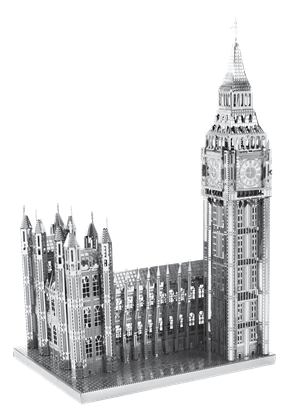
ICX018
Premium Series BIG BEN
2 Sheets
Challenging
Big Ben is the nickname for the great bell of the clock at the north end of the Palace of Westminster in London though today the name also refers to the clock and the clock tower. The bell weighs almost 14 tons and each clock face is 23 feet in diameter. It became fully operational on September 7th, 1859 and is today one of the most prominent symbols of London standing at 316 feet high. The clock requires winding three times per week and pennies are periodically added or removed from the clock of pendulum to maintain its accuracy.
$0.00
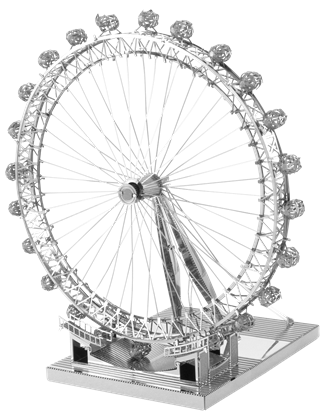
ICX019
Premium Series LONDON EYE
2 Sheets
Challenging
Is a giant Ferris wheel on the South Bank of the River Thames in London. Also known as the Millennium Wheel, its official name was originally the British Airways London Eye, then the Merlin Entertainments London Eye, between January 2011 and August 2014, the EDF Energy London Eye and is now called the London Eye.
$0.00
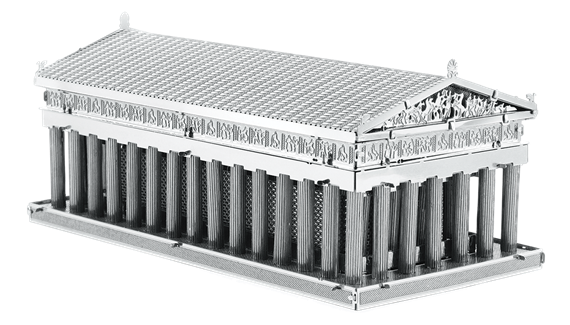
MMS059
PARTHENON
3 Sheets
Challenging
Is a temple located on the Athenian Acropolis in Greece and dedicated to the maiden goddess Athena whom the people of Athens considered their patron deity. Construction began in 447 BC when the Athenian Empire was at the height of its power and was completed in 438 BC. The Parthenon is the most recognizable enduring symbol of ancient Greece, Athenian democracy and western civilization.
$0.00















